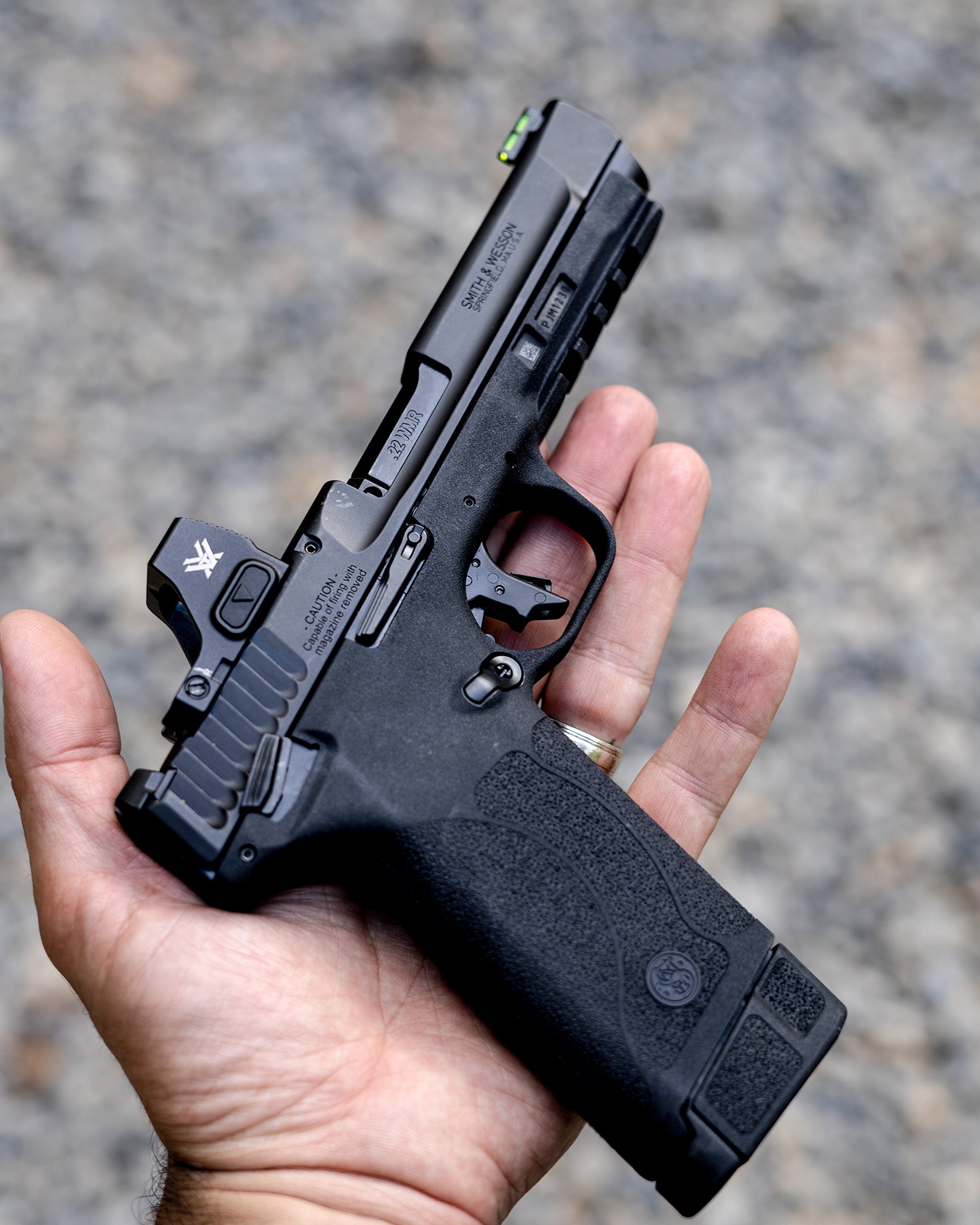Common Causes of Gun Misfires
Avoid a Gun Backfire With Help from H&H Shooting Sports
Regardless of how long you’ve been shooting, it’s inevitable you will have malfunctions. Firearm malfunctions happen, even when using the highest quality ammunition and state-of-the-art firearms. If not properly identified and corrected, certain malfunctions can damage your gun or lead to injury. Whether in the field, at a competition, or at our Oklahoma City gun range, H&H Shooting Sport believes every shooter should know the common causes of gun misfires. We’ve compiled some of the most common types of malfunctions. Our goal is to provide you with the information needed to recognize and anticipate malfunctions, allowing you to remain calm while you correct the issue. To learn more, contact us.
What is a Misfire in a Gun?
Those new to the sport will often confuse misfires and malfunctions. A gun misfire occurs when the firing pin or striker doesn’t detonate the primer or the primer fails to ignite. Another way to look at it is that misfires are synonymous with a failure to fire. You’ll often hear this type of malfunction as a loud click. If you experience a misfire, waiting anywhere from thirty seconds to five minutes before attempting to clear the firearm is important. This helps eliminate the possibility of a delayed primer ignition or a hang fire. If you open the breech and the round fires, it can lead to severe injury or damage to the gun. Once the unfired round is safely removed, compare it to other spent cartridges. This allows you to determine if your firing pin or firing pin spring needs to be replaced.
What Causes Gun Malfunctions?
A gun malfunction is often a complication of the gun’s mechanics, issues with the ammunition, or an issue caused by the shooter. If you’re uncertain in your abilities, we offer shooting lessons to ensure you feel confident in the fundamentals. We recommend familiarizing yourself with the common causes and types of malfunctions and how to correct them. A common fix for most malfunctions is known as the tap-rack-bang. Tap means you slam the bottom of the magazine with the palm of your hand to ensure its properly sealed. Rack means you rack the slide to clear the chamber and load a new round. Lastly, bang has you pull the trigger and continue shooting. Take a look at some common types of gun malfunctions:
- Failure to Fire – Thanks to advances in modern firearm manufacturing, this malfunction is less common. If this happens to you, it’s important to approach this cautiously, especially if you’re using a handgun. Keep the firearm pointed down range for at least a minute. After a minute, remove the round from the chamber and unload the gun completely. Lastly, inspect the primer and troubleshoot the cause. A thorough cleaning will likely help in these situations.
- Failure to Eject – One of the most common causes of a failure to eject is a dirty or corroded chamber. If this occurs, we recommend using the tap, rack, and bang process outlined above. Another name for this type of malfunction is a stovepipe.
- Failure to Feed – A failure to feed happens when the cartridge does not fully sit in the chamber. Semi-automatic firearms can experience this from damaged magazines, weak magazine springs, improperly seated magazines, and dirt or significant accumulation in or around the chamber. If this happens to you, remove the magazine and clear the chamber. The firearm should be cleaned, and if you experience the issue again, another cause may exist.
- Failure to Extract – This type of gun jam results from user error. Failure to extract refers to a gun’s inability to remove a spent round from the chamber. When this happens, the firearm is double-fed. This is a severe malfunction and can lead to an unsafe situation. To correct this issue, point the firearm down range and rack the slide two to three times to clear the chamber. Inspect the chamber and ensure the gun is empty. Reload and continue firing. Other causes are low-quality or damaged magazines, weak magazine springs, or shooters’ limp wrists while holding their firearms.
Stay Safe and Aware at Our Range
At H&H Shooting Sports, our seasoned instructors and staff understand the importance of identifying and correcting all gun malfunctions for the practical and effective use of all firearms. Understanding common causes of gun malfunctions allows you to take steps to prevent these issues. Steps such as regular maintenance, use of correct ammunition, and being trained to handle the gun properly can reduce the likelihood of a firearm malfunction. We believe that knowledge is power; in this case, it can be the tool you need to safely and successfully enjoy your time at the range or out hunting. If you need a refresher on the basics or want to discuss additional ways to prevent malfunctions, don’t hesitate to visit us today.



